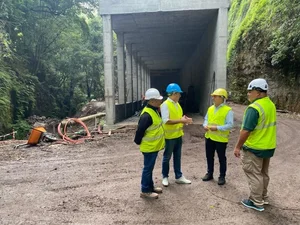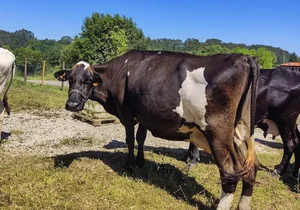Pigeon Population Soars in Barcelona: Insights from Joan Carles Senar

In a recent interview, Joan Carles Senar, the head of research at the Museum of Natural Sciences of Barcelona, shed light on a fascinating phenomenon that has been observed in the city: the prolific breeding of pigeons. Senar's remarks highlight the unique ecological dynamics at play in Barcelona, particularly in comparison to other urban areas.
The Pigeon Boom
According to Senar, pigeons in Barcelona are breeding at a rate more than double that of other cities. This remarkable statistic raises questions about the environmental and urban factors that contribute to this proliferation. Senar attributes this growth to the favorable conditions found in Barcelona, including the availability of food and suitable nesting sites.
Urban Ecology
Barcelona's architecture and urban planning play a significant role in creating an environment conducive to pigeon breeding. The city's historic buildings, parks, and public spaces provide ample opportunities for pigeons to find food and shelter. Senar notes that the city's infrastructure, combined with the mild Mediterranean climate, makes it an ideal habitat for these birds.
Comparative Analysis
When compared to other cities, Barcelona stands out for its high pigeon population density. Senar's research indicates that the city's pigeons are not only more numerous but also healthier and more prolific. This contrasts with other urban areas where pigeon populations may be smaller or less thriving due to different environmental conditions.
Implications and Concerns
The significant pigeon population in Barcelona has various implications for the city's residents and visitors. While pigeons can be a nuisance, they also play a role in the urban ecosystem. Senar's work underscores the need for balanced urban planning that considers both human and wildlife needs.
Research and Conservation
As the head of research at the Museum of Natural Sciences, Senar is at the forefront of studying and understanding the urban wildlife of Barcelona. His work involves monitoring pigeon populations, analyzing their behavior, and developing strategies to manage their impact on the city. This research is crucial for maintaining a healthy balance between urban development and wildlife conservation.
In conclusion, the booming pigeon population in Barcelona, as highlighted by Joan Carles Senar, is a fascinating example of how urban environments can support and even thrive with certain species. As the city continues to grow and evolve, understanding and managing this aspect of its ecosystem will be essential for maintaining a harmonious coexistence between humans and wildlife.
Related Stories

Alcatraz Rescued from Fishing Net in Cantabria, Spain
In a heartwarming rescue, Spain's Civil Guard freed an alcatraz seabird entangled in a fishing net in Cantabria, highlighting the importance of marine conservation.

Tragic Accident Claims Life of 68-Year-Old Mountaineer in Cantabria
A 68-year-old mountaineer from Valladolid has died after falling from Pico San Carlos in Cantabria, highlighting the risks of mountain climbing.

Reopening of Los Tilos Access Routes on La Palma: A New Chapter for Nature Lovers and Locals
La Palma's Los Tilos forest, a biodiversity haven, set to welcome visitors again next year after closure for maintenance and safety improvements.

Five Emaciated Cows Rescued in Cantabria, Spain, and Fed by Local Community
In Cantabria, Spain, a community bands together to rescue and rehabilitate five severely malnourished cows, showcasing a powerful commitment to animal welfare.
